While outbreak in Guangdong is unusual, health authorities wary of future surges of virus
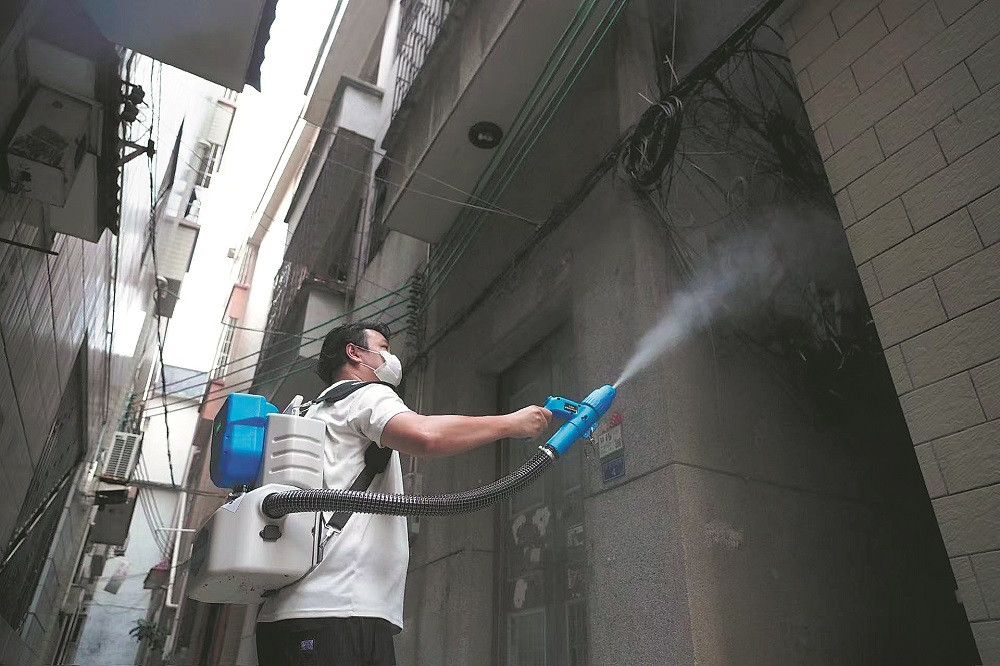
Guangdong province has brought the mosquito-borne chikungunya outbreak under control after a weekslong battle, but health experts have warned that vigilance needs to be maintained in the face of wet weather patterns in South China.
Over 8,000 people in the province have been infected with chikungunya, suffering symptoms such as fever, rashes and joint pain. No serious illnesses or deaths have been reported.
Foshan, a manufacturing city of about 9.7 million people, has been the core battlefield against the outbreak. Authorities implemented mass mosquito control measures, including lighting mosquito coils, installing nets and removing stagnant water. Disinfection crews and drones to eliminate breeding grounds were also deployed.
During a visit to the city earlier this month, Shen Hongbing, director of the National Disease Control and Prevention Administration, emphasized maintaining "a sharp focus" on mosquito vector control and implementing multichannel monitoring and early warnings to stem the virus's spread.
"It is crucial to conduct regular and scientific mosquito elimination and disinfection efforts, strengthen guidance for grassroots disease control workers, and encourage households to overturn containers and remove stagnant water to create a clean, fresh and tidy living environment," Shen said.
ALSO READ: Efforts by China's Foshan to curb chikungunya seen to pay off
Since the end of last month, the control efforts have resulted in the epidemic declining.
In Foshan, the daily number of new cases dropped under 200 for five consecutive days and fell to 148 on Friday, compared with a peak of 674 reported on July 19, local authorities said on Saturday.
Kang Min, director of the Institute of Infectious Disease Prevention and Control at the Guangdong Provincial Center for Disease Control and Prevention, pointed out positive developments, including declining new infections in the hard-hit Shunde district of Foshan and reduced mosquito vector density.
"However, the epidemic will likely rebound as frequent typhoons and heavy rainfall are complicating disinfection and water container cleanup efforts," he said. "The situation remains severe, and resurgence risks persist if mosquito vector density is not continuously controlled."
Sporadic cases of chikungunya fever have also been reported in other parts of the country, including Beijing and the Hong Kong and Macao special administrative regions, health authorities said. Preemptive steps have included health surveillance of people returning from Foshan.
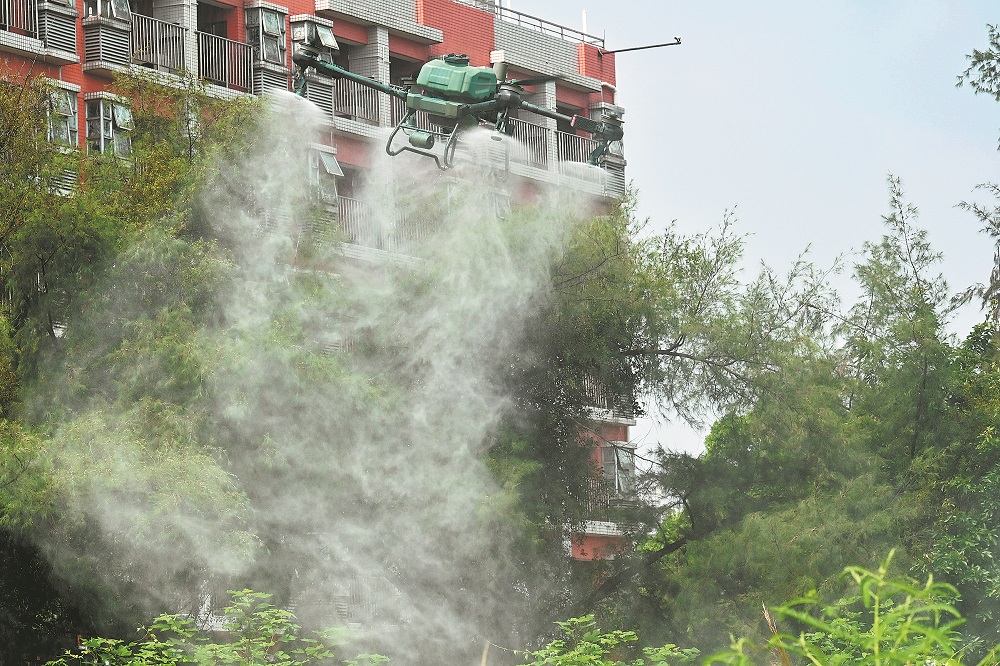
Global surge
Chikungunya fever, common in tropical and subtropical regions, was relatively unknown in China until the recent outbreak in South China.
The nation first identified imported infections in 2008 and registered four incidents of the virus's local spread from 2010 to 2019, with two outbreaks developing into infection clusters in Guangdong and Yunnan provinces.
"China is not an endemic region for chikungunya fever, so the general population lacks immunity, making them susceptible to contracting the disease," the Chinese Center for Disease Control and Prevention said in a recent statement.
READ MORE: Doctors call for stronger anti-mosquito measures as more chikungunya cases logged
Liu Qiyong, chief vector control expert at the China CDC, said during a recent interview with China Central Television that rising global infections have driven the surge of cases in China this year.
"The virus's global circulation has led to its importation into China, where Aedes mosquitoes — the primary vector — are present. This has facilitated local transmission, resulting in the current domestic outbreak," he said.
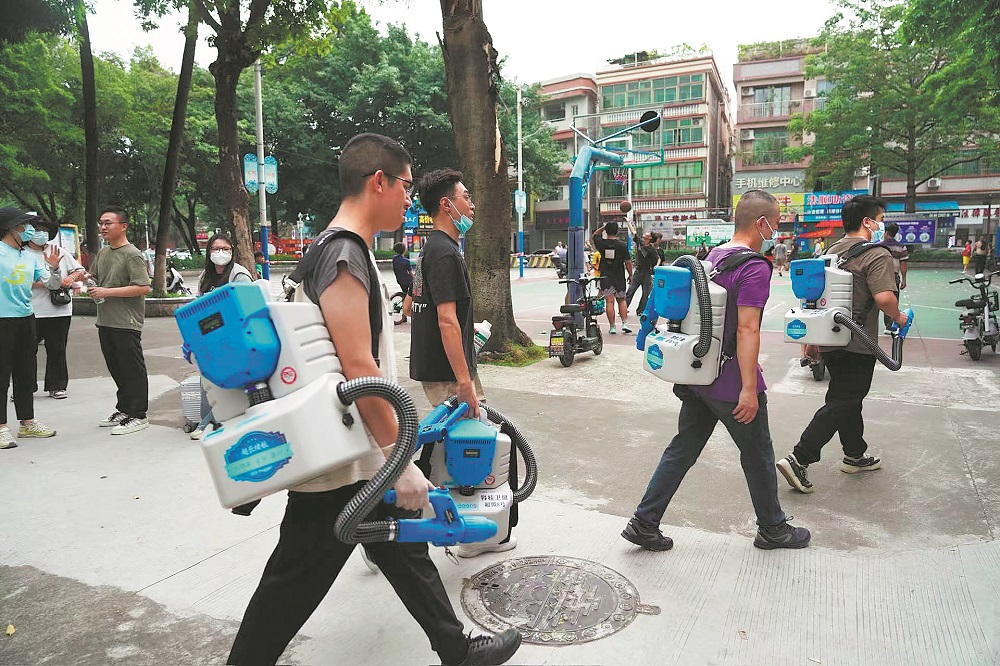
According to the World Health Organization, an estimated 5.6 billion people across 119 countries are at risk of the virus, prompting the organization to issue a call for urgent action to curb its spread. The surge in chikungunya cases began in early 2025, with major outbreaks in Indian Ocean islands including La Reunion, Mayotte and Mauritius. The virus is now spreading to countries such as Madagascar, Somalia and Kenya, and has shown epidemic transmission in Southeast Asia, and India, the WHO said.
"The surge in chikungunya cases is likely due to favorable climatic conditions that allow blooms of the Aedes mosquito population. These are aggressive, day-biting mosquitoes that thrive in warm, wet conditions," said Robert Jones, assistant professor at the London School of Hygiene &Tropical Medicine.
This year's weather is particularly conducive to boosting mosquito breeding. "Multiple factors have amplified this outbreak, driving its scale to surpass that of infection clusters in the past," Liu said.
READ MORE: What is Chikungunya fever?
However, experts and authorities have stressed that chikungunya fever is preventable, treatable and controllable.
Duan Leilei, a researcher at the China CDC, said during a recent news conference that the disease spreads primarily through mosquito bites, with no evidence of human-to-human transmission.
According to the latest diagnosis and treatment guideline for the disease issued by the National Health Commission on July 31, there is no vaccine or specific treatment for the disease available in China, but severe cases, and related deaths are rare and infected individuals can develop long-lasting immunity against the disease.
Timely detection and treatment also help curb further spread of the infection, said Yan Haiming, a senior doctor in the infectious disease department at the First People's Hospital of Foshan. Muscle pain, fatigue and nausea are more common in people over age 65, and most patients' symptoms subside within about a week, he added.
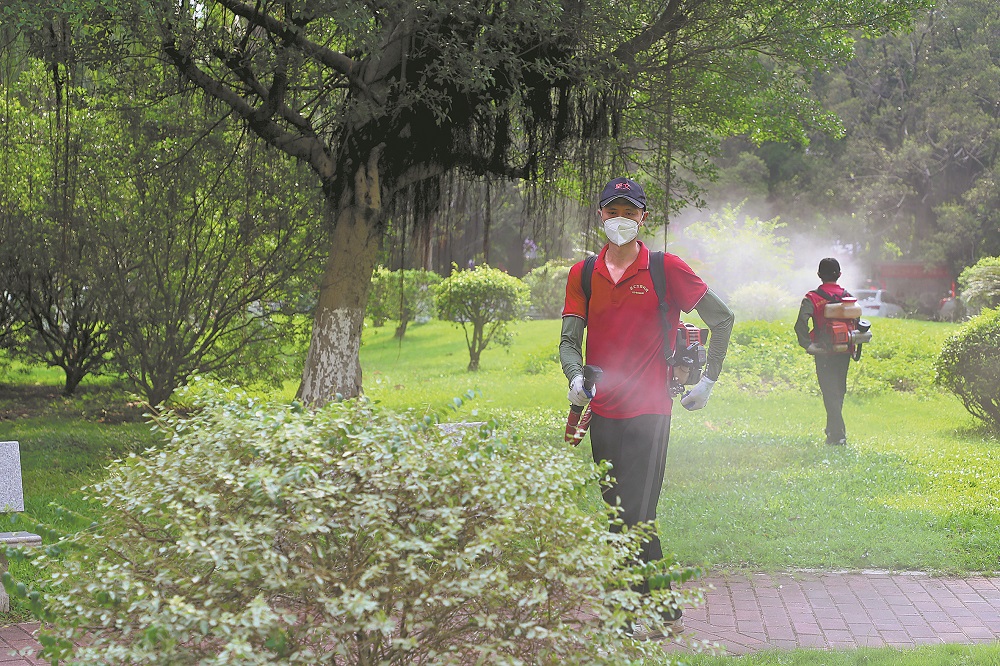
Personal safety
Duan urged affected regions to accelerate mosquito elimination efforts and advised individuals to take protective measures, such as using insect repellents, installing window nets and utilizing other anti-mosquito products.
A villager in Foshan's Xincun village, surnamed Deng, said that he had stocked up on mosquito coils and mosquito-killing spray. He was recently discharged from the hospital after contracting the virus last month, probably when fishing outdoors, he said.
"I now prioritize mosquito prevention at home — my drawers are full of anti-mosquito products, and I ensure there is no stagnant water," he said.
Another villager surnamed Tao said that he places mosquito coils in every room of his home to protect his family members. Electric mosquito swatters and mosquito-repellent sprays are also among his everyday weapons.
A local supermarket reported that sales of mosquito-control products have more than doubled in recent weeks.
Across Guangdong, the online search volume for mosquito repellents during the week starting July 18 surged by 160 percent compared with the previous week, with sales rising by 33 percent, according to data from the online shopping and delivery platform Meituan.
Huang Hanxian, Party secretary of Xincun village, said authorities now regularly distribute mosquito repellents to residents.
READ MORE: Call for vigilance as HK records 3 more imported chikungunya cases
"The best times to light coils are mornings and evenings when mosquitoes are most active," he said. "For instance, at 6 pm each evening, households are called on to light coils while a disinfection team comprising about 30 members will be carrying out work outdoors simultaneously."
Liu, from China CDC, applauded the approach.
"When outdoor mosquito control operations are carried out, mosquitoes that have not been killed may escape into houses," he said. "So coordinating the use of mosquito coils indoors and implementing outdoor disinfection can enhance the effectiveness of mosquito control."
He Chunyun, an urban management official in Foshan, stressed paying close attention to detail during cleanups of hot spots prone to mosquito breeding.
"It is important to carry out a thorough removal of garbage and debris, and pay close attention to overlooked items like bottles, flowerpot trays and discarded tires," he said.
In the provincial capital, Guangzhou, unmanned aerial vehicles have been deployed to monitor mosquito breeding grounds, disinfect public spaces and repel mosquitoes. The city has reported dozens of infections since early July.
At the city's Tianlu Lake forest park, complex terrain, dense vegetation and hordes of visitors drawn to its hiking routes and entertainment facilities have made it difficult to undertake manual disinfection.
"A single drone can cover 15 to 20 times the daily operational area of manual disinfection and it is also capable of reaching difficult-to-access areas," said the drone operators. "Our intelligent path planning also minimizes chemical exposure, ensuring visitor safety."
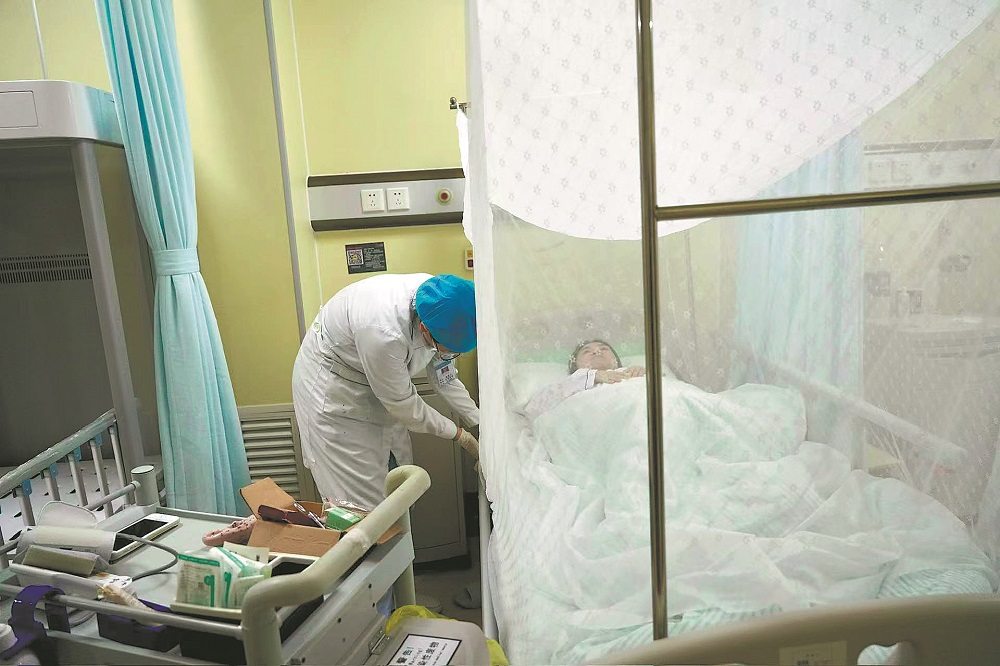
Smart monitoring
Technology is also being looked at by Chinese scientists to prevent mosquito-borne diseases.
A breakthrough has been made in the development of an intelligent vector mosquito surveillance system that offers scientific guidance for disease control, Xinhua News Agency reported. The monitoring technology, developed by a team led by Chen Xiaoguang, a professor at Southern Medical University, has been deployed across multiple communities in Guangdong.
Chen said traditional mosquito-monitoring methods have limitations. "Mosquito traps and mosquito nets only monitor nonblood-fed mosquitoes, while mosquito oviposition traps target blood-fed egg-laying mosquitoes," he said.
"Our innovation employs coordinated dual-device operation for real-time, high-efficiency monitoring."
The automated monitors use attractants that mimic humans to capture non-bloodfed mosquitoes, while smart oviposition buckets utilize container-type miniature water pools to monitor blood-fed gravid Aedes albopictus mosquitoes, achieving four times the efficiency of conventional oviposition traps, he added.
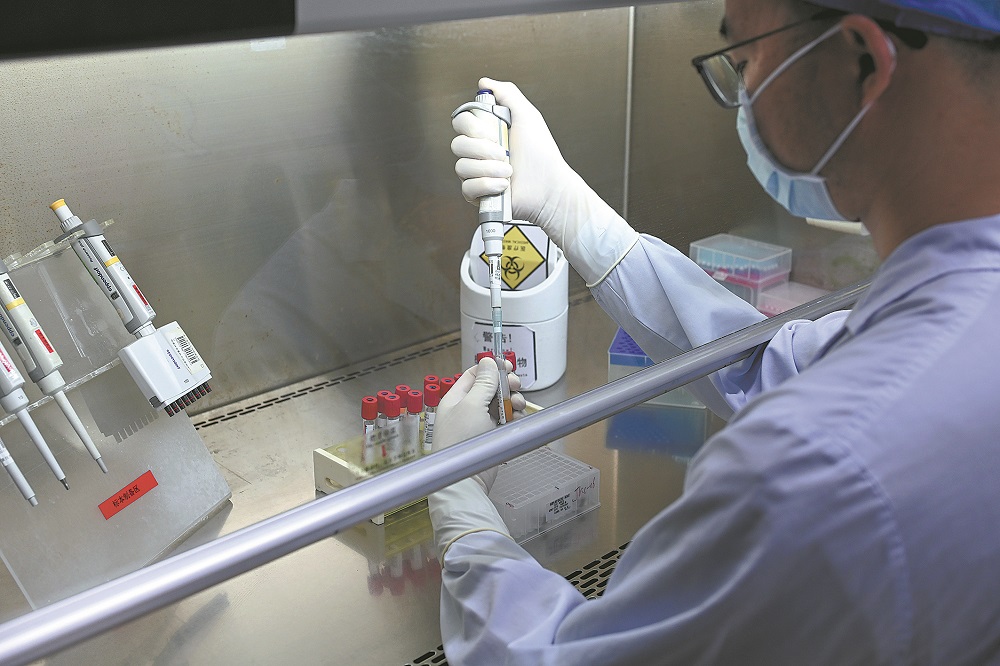
Field tests have demonstrated remarkable effectiveness. During its first week of operation the system issued timely alerts for abnormal mosquito density surges across multiple zones and generated targeted intervention protocols.
"Manual mosquito trapping caused data delays. Now, real-time cloud-based alerts have substantially accelerated grassroots disinfection responses," Chen said. After deployment, surveillance showed an almost 40 percent decrease in adult mosquito captures within key areas.
In addition to stamping out the disease's spread, top health authorities have attached significance to delivering standardized treatment to patients to prevent severe cases and deaths, according to a national-level teleconference on tackling the epidemic held in late July.
Authorities in Foshan said on Saturday that no seriously ill patients or deaths had been reported and more than 90 percent of patients had recovered.
Yan from the Foshan First People's Hospital said the majority of patients only exhibit mild symptoms that usually subside within a week.
"No severe lingering effects have been observed, but recovered individuals should avoid joint strain — such as weightlifting, hiking, or long-distance running — for three months," he said. "Some patients who feel uncomfortable for prolonged periods are advised to seek rehabilitation services."


